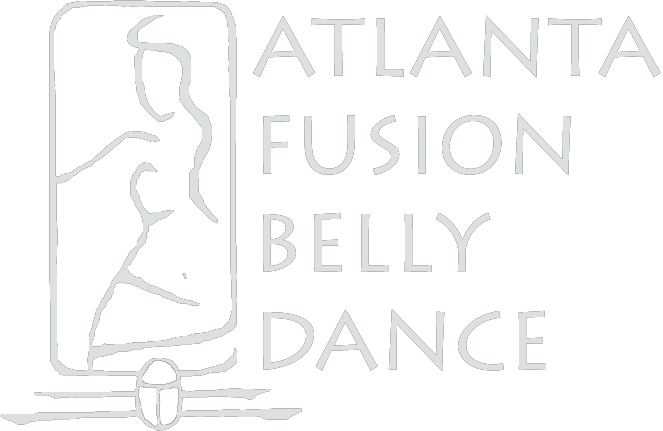"Belly Dance" is a term used to describe a style of dance used for joy and entertainment that originated in the MENHAT (Middle East, North Africa, Hellas Greece, and Turkey) and is now performed and enjoyed all over the world. Belly Dance Is Also Referred To As Raks Sharqi, Arabic For “Dance Of The East” And Oriental Dance. Belly Dance Is Uniquely Designed For The Female Body, With An Emphasis On Abdominal Muscles, Hip Moves, And Chest Moves. It Is A Dance Characterized By Smooth, Flowing, Complex, And Sensual Movements Of The Torso, Alternated With Shaking And Shimmy Type Moves. In Its Thousands Of Years Of Existence, Different Variations Of “Bellydance” Have Evolved To Express The Various Cultures That Have Practiced It.
Some Historians Believe Belly Dance Became A Form Of Mainstream Public Entertainment Through The Gypsy Tribes Who First Danced Out On The Streets And Performed In The Theaters. Originally Coming From India, The Gypsies First Traveled West Into Afghanistan And Persia. Then Some Of Them Migrated North To Turkey And Then To Europe. Others Went South Until They Reached Egypt And Other Parts Of Northern Africa. One Of The Ways That Gypsies Supported Themselves During Their Journeys Was By Providing Entertainment For The People Of The Communities In Which They Stopped. Belly Dancing Is Especially Popular In Turkey And Egypt.
For More Information On Belly Dancing And Its History Please Read Some Of Our Favorite Books And Articles:
Belly Dancing, The Serpent And The Sphinx” By Wendy Buonaventura.
“Oriental Belly Dance “By Kemal Ozdemir.
For More Belly Dance Information, Please Visit:
